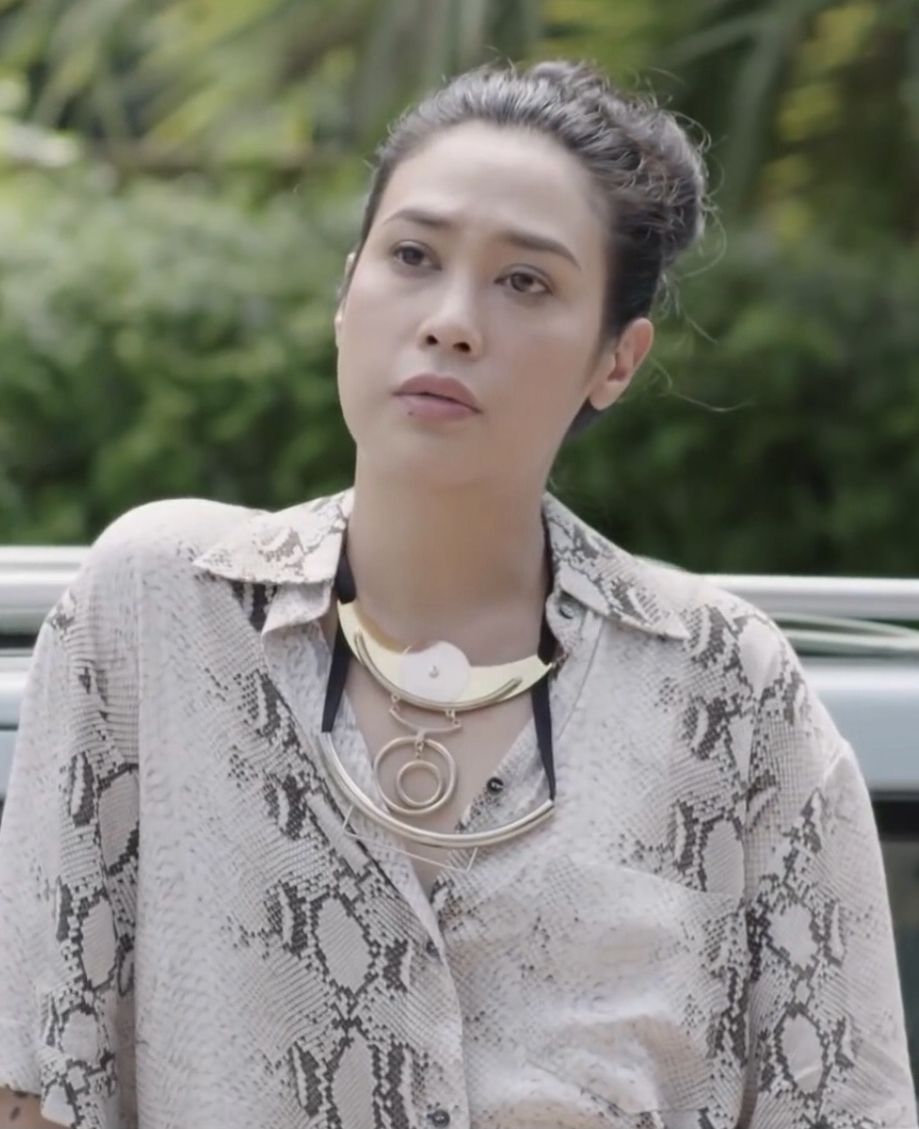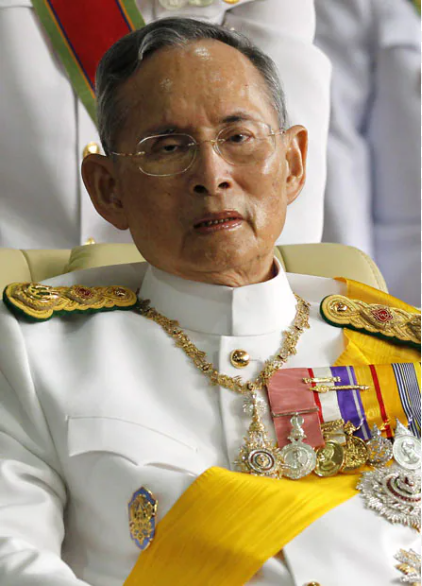Names: Name Structure
The naming structure in Thailand is quite distinctive and reflective of the country's rich cultural heritage. Thai names typically consist of a given name followed by a family name, a format influenced by Western naming practices adopted in the 20th century. The family name, which is passed down from one generation to the next, was mandated by law in 1913 during the reign of King Vajiravudh (Rama VI), aimed at improving the census and administrative systems. Unlike in many Western cultures, the family name in Thailand is unique to each family, leading to a wide variety of surnames within the population. Additionally, Thais often use nicknames in casual settings, which are given at birth and widely used in daily life, contrasting with the more formal use of given and family names in official contexts.
Name Format / Sequence
Given Name(s) | Surname
Thai names generally consist of two parts: a given name followed by a surname (family name). Thai surnames are unique to individual families and are shared only by relatives. While Thai given and surnames are both usually long, Thai people are commonly known by shorter nicknames.
Examples:
- Intira Jaroenpura, Thai actress, singer, and author (female)
- Thaksin Shinawatra, 23rd prime minister of Thailand (male)
- Ram Khamhaeng, former king of Sukhothai (male)
- Vasan Sitthiket, Thai painter and poet (male)
- Yingluck Shinawatra, 28th prime minister of Thailand (female)
- Narisara Nuvadtivongs, former prince of Siam (male)
- Bhumibol Adulyadej, former king of Thailand and ninth monarch of the Chakri Dynasty (male)
Given Name
Given names for women commonly end in -ee, -porn, or -ya (e.g., Pranee, Siriporn, and Kanya), while names for men often end in -chai (e.g., Chanchai and Kwanchai). Some Thai first names, such as Tom and Nopparat, are unisex. Most Thai names have intentional meanings, many referencing nature, such as the male name Arthit (sun) and the female name Sasithorn (moon). Some reflect positive characteristics, such as the male name Prasert (excellent) and the female name Siriporn (glorious blessing).
It is common for Thai people to choose new names as adults. A new name with a new meaning is seen in Thailand as a way to indicate a new start or bring improved luck or success. For example, before the 2008 Beijing Olympics, the Thai athlete Junpim Kuntatean changed her name to Prapawadee Jaroenrattanatarakoon, meaning “sparkling river-flow of brilliant prosperity.” Changing given names and surnames is simple under Thai law, and many Thai people change one or both at least once during their lifetime.
Examples:
- Chanchai (male)
- Chakril (male)
- Mongkut (male)
- Juaa (male or female)
- Sirithorn (female)
- Siwinee (female)
- Sudchada (female)
- Wanee (female)
Surname
Thai people have only used surnames since 1913. Each family has a unique surname, and surnames are not duplicated; thus, every Thai person with the same surname can be assumed to be related. For this reason, there are no common Thai surnames. Children in Thailand take their father's surname unless paternity is unknown. Thai surnames usually have positive meanings; for example, former prime minister Thaksin Shinawatra’s surname means “does good routinely”. Thai surnames are generally long but are prohibited by law from containing more than ten Thai characters (excluding vowel symbols and diacritics).
Examples:
- Boonliang
- Charoenkul
- Jainukul
- Praphasirirat
- Rattanakosin
- Supitayaporn
- Thanasukolwit
- Wongsawat
Married / Maiden Name
Thai women usually adopt their spouse's surname after marriage. For example, Anik Wichiancharoen, after marrying the Thai politician Piyasvasti Amranand, changed her name to Anik Amranand. However, modern Thai women are also able to continue to use their maiden name if they prefer.
Diminutives / Nicknames
Thai people commonly use nicknames, or chue-len, in everyday interactions. These can be given at birth, or can develop in early childhood; additional nicknames are sometimes acquired later in life. People in Thailand are often introduced by their nicknames, and some people only use their full name in legal documents.
Thai nicknames are generally very short. They can be derived from nonsense words but are also frequently truncations of long Thai given names (e.g., Nok from Noknois and Tip from Tippawan). Other Thai nicknames have humorous meanings, as in the case of Thailand's first female prime minister, Yingluck Shinawatra, known by the nickname Pu (crab).
Examples:
- Mongkut: Mong (male)
- Prasert: Sert (male)
- Kittiya: Ya (female)
- Sasithorn: Sasi (female)
Forms of Address / Honorifics / Titles
Polite address in Thailand consists of the courtesy title Khun, placed before the given name. The same title is used regardless of gender or marital status; for example, a woman named Amporn Duangchit would be addressed as Khun Amporn; a man named Thaksin Boonliang would similarly be addressed as Khun Thaksin. The title Khun is also sometimes used with nicknames. For example, the colleagues of a Khun Somchai might more familiarly address him as Khun Chai.
Other forms of address in Thailand include Nong, for use affectionately or with social inferiors; Naang for married women; and Naang Saow for unmarried women. Naai, more formal than Khun, is used for high-ranking people, and older women of high status may use the courtesy title Khun Yeeng.
Examples:
- Somchai Rattanakosin (full name, male)
- Khun Somchai (Mr. Somchai)
- Khun Chai (Mr. Chai)
- Nong Chai (little brother Chai)
Amporn Wongsawat (full name, female)
Khun Amporn (Ms. Amporn)
Naang Amporn (Mrs. Amporn)
Phrabat Somdet Phra Paraminthara Maha Bhumibol Adulyadej (His Majesty King Bhumibol Adulyadej)
Article written for World Trade Press by Carina Saxon.
Copyright © 1993—2025 World Trade Press. All rights reserved.

 Thailand
Thailand 
